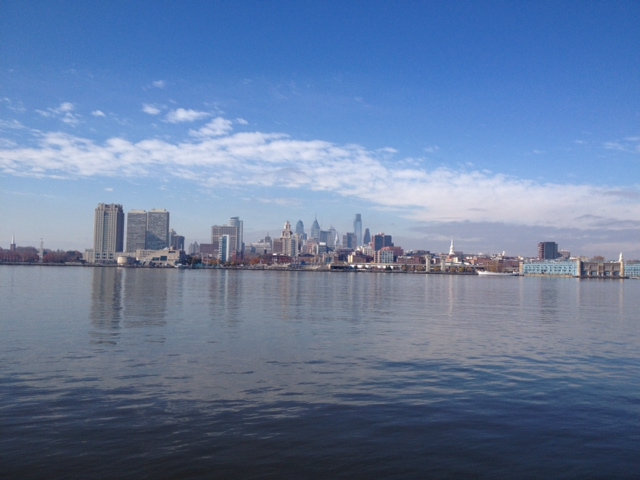Cross-posted from Healthy Waters for EPA’s Mid-Atlantic Region, February 6, 2014.
By Christina Catanese, Director of Environmental Art
During my time at EPA, I’ve learned so much about water protection, from permits to enforcement, from regulations to partnerships, from large national actions to things anyone can do to protect their waters. Managing the Healthy Waters Blog, along with other digital communications, I’ve also thought a lot about how best to communicate the work EPA does in water protection outside our agency’s boundaries. I’ve found that, consistently, our most effective communications have been those that make visible the real impacts of our work, those that connect environmental actions to the things that are most important to all of us, and those that engage people on a deep emotional level, not necessarily a scientific one. And often, it also takes a touch of creativity.
In a digital age, there are more ways than ever for us to reach out and connect with the many audiences interested in what EPA does, and more ways to have a presence in communities. Social media and blogs are some of the newest tools in our communication toolboxes – we’re still honing our craft to figure out the best way to use these tools to build the most engagement with our work.
One of the best tools I know of to help make these meaningful connections is art. How many times have you felt your spirit soar while watching a powerful performance, or your mind fill with awe gazing upon a work of art (or, for that matter, a work of nature)? For many of us, just reading about science and large, sometimes overwhelming environmental problems doesn’t always inspire the same excitement. But what if the complementary powers of art and science could be combined? Can environmental science and art be integrated to educate and inspire people to change their perspective and behavior on environmental issues? I think the answer is yes. I think art has amazing potential to connect people with the natural world and their environments in a way that typical presentations of scientific information cannot. From storm drain art to artfully managed stormwater and beyond, the possibilities are endless to use art as an avenue into environmental issues, and an inspiration to get involved.
With the challenges we face in water protection and other environmental issues, it’s more important than ever to communicate about these issues and engage everyone in the solutions. What other creative ways can you think of to communicate about environmental challenges and the possibilities to address them?
Christina Catanese worked at EPA from 2010 – 2014, managing the Healthy Waters Blog and other digital communications in the Mid Atlantic Region’s Water Protection Division. She parted ways from the agency last week to explore more deeply the connections of environmental science, art, and communication as the Director of Environmental Art at the Schuylkill Center for Environmental Education.

